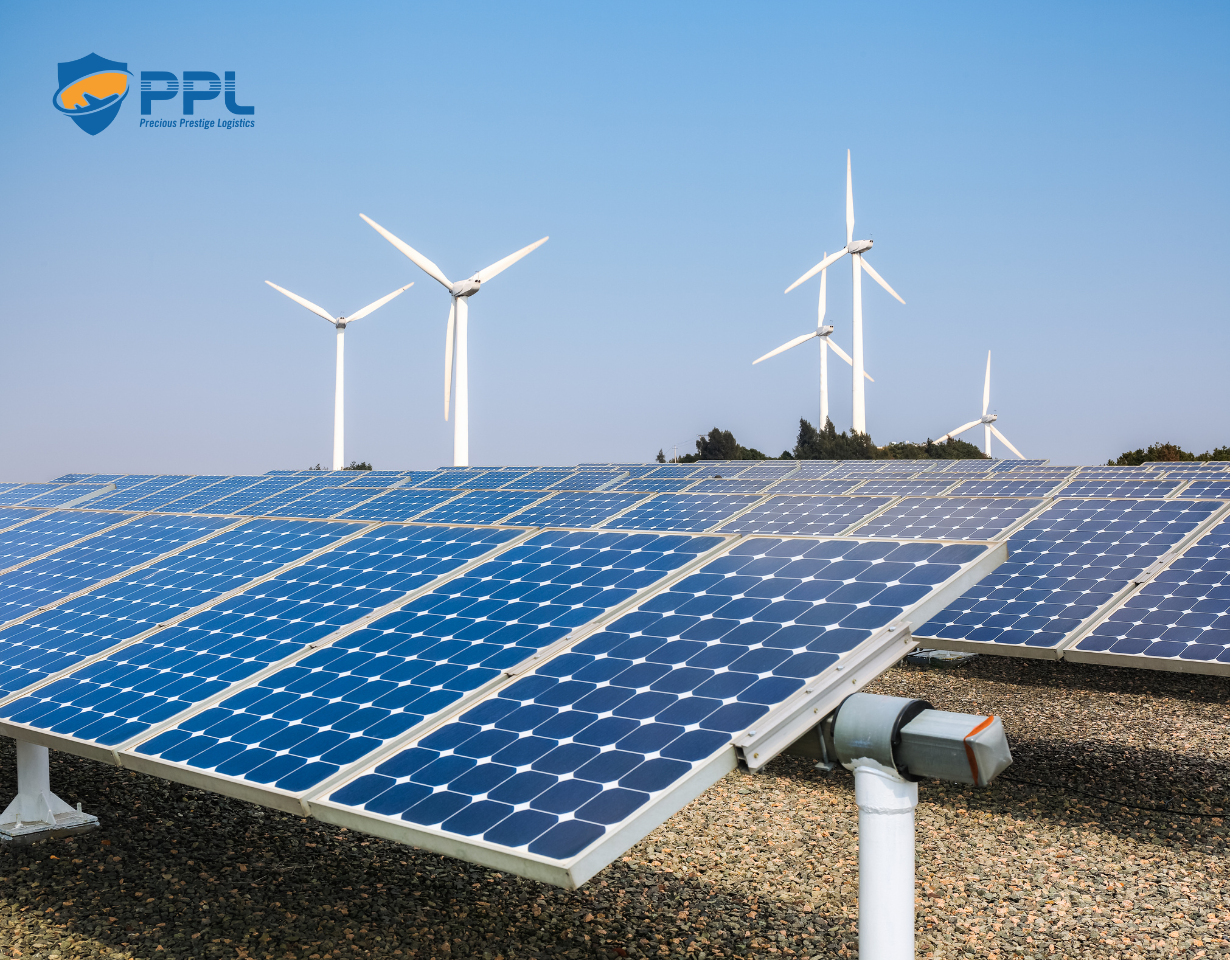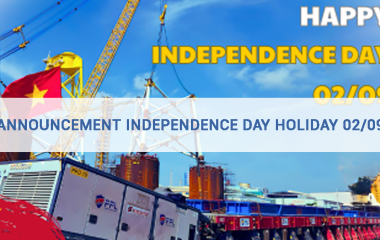The US also has problems connecting wind and solar power
In the US, wind and solar power projects are also facing difficulties because they cannot connect to the common power transmission system. According to the New York Times, by the end of 2021, there will be more than 8,100 renewable energy projects awaiting permits to join the grid, up from 5,600 projects the previous year. Many projects have been delayed because the transmission system capacity is not enough to handle the booming renewable power projects in the country.
In the United States, there are not one, but dozens of power transmission systems, each managed by a different agency. PJM Interconnection, currently managing the largest power line in the United States stretching from Illinois to New Jersey, has so many applications backlog that it has to announce it will stop accepting new applications until the end of 2026 to resolve thousands of applications. unresolved records, mainly renewable electricity.
Overall, a renewable power project takes four years to get connection approval, double the time it took a decade ago. Even if it is allowed to connect, because the existing power system is mostly old and old, the project owner who needs to connect must invest more in the transmission system to increase the capacity to avoid congestion.
According to a study by Lawrence Berkeley National Laboratory, less than one-fifth of wind and solar power projects pass the waiting line for connection; most have to give up. That is why, after a period of strong growth, large wind, and solar power projects in the US are declining, by 16% in 2022. The reason is partly due to a lack of supply but mainly due to waiting too long to connect to the grid.

Currently, the electricity sector is responsible for a quarter of greenhouse gas emissions in the US; Therefore, helping the electricity sector reduce this number is the purpose of climate change programs. But the bill to provide $370 billion to support renewable power projects will fail if the connection bottleneck is not resolved.
A large power grid often has to manage the flow of electricity from hundreds of generating plants through thousands of kilometers of crisscrossed wires into millions of homes or manufacturing facilities. Normally when there is a proposal for a power generation project, the network management company will have to research to ensure that the new power source will not cause disturbance because if the existing line fails to load the new power source, it will be overloaded. and collapse.
This process requires detailed, time-consuming research. Then maybe the network management company will ask the investor to upgrade, for example, the connection line from the new power plant to the nearest power station; costs are borne by the investor.
In the past, adding only one or two coal- or gas-fired power plants a year would have been normal. But when wind and solar power projects exploded, both due to falling costs and local incentives, the power grids could not stand the thousands of projects applying at the same time.
Silicon Ranch is one such project; 2 years ago, I applied for the PJM power grid to connect 3 100 megawatt solar power projects in Kentucky and Virginia, enough to supply electricity to thousands of households.
The company that often combines solar panels with sheep pasture has negotiated with local farmers to buy thousands of acres of land. Up to now, the land is still vacant, PJM has not responded to Silicon Ranch and it is not known whether it will start generating electricity in 2029. Silicon Ranch has lost the trust of the local community because promises of investment are now nowhere to be found.
In addition, people in the US are also opposed to wind power projects because they believe that the giant turbines destroy the landscape, cause housing prices to drop, and the low-frequency noise emitted by the propellers can be harmful. harmful to health. If the United States does not solve the bottleneck at the transmission stage, the goal of reducing emissions to prevent climate change will be difficult to achieve.
Researchers at Princeton University estimate federal subsidies for clean energy projects will cut the electricity sector's emissions by half by 2030. But this projection assumes receptive capacity. New electricity must double in the next 10 years.
If this does not happen, the electricity sector's emissions could increase rather than decrease as coal and gas-fired power plants must increase capacity to compensate for delayed renewable power projects.
Related Posts
New Posts
- NOTICE OF NATIONAL DAY HOLIDAY – SEPTEMBER 2ND PROUD TO BE VIETNAMESE
- PPL successfully performs site-move and load-out of record-breaking 4,000-ton offshore substation topside fabricated by PV Shipyard
- HOLIDAY ANNOUNCEMENT: REUNIFICATION DAY & INTERNATIONAL LABOR DAY (April 30 - May 1, 2025)
- ANNOUNCEMENT OF HUNG KINGS’ COMMEMORATION DAY 2025
- PTSC Thanh Hoa and PPL Sign Strategic Partnership
- INDEPENDENCE DAY HOLIDAY ANNOUCEMENT

_cr_380x240.jpg)


_cr_380x240.png)


Comments